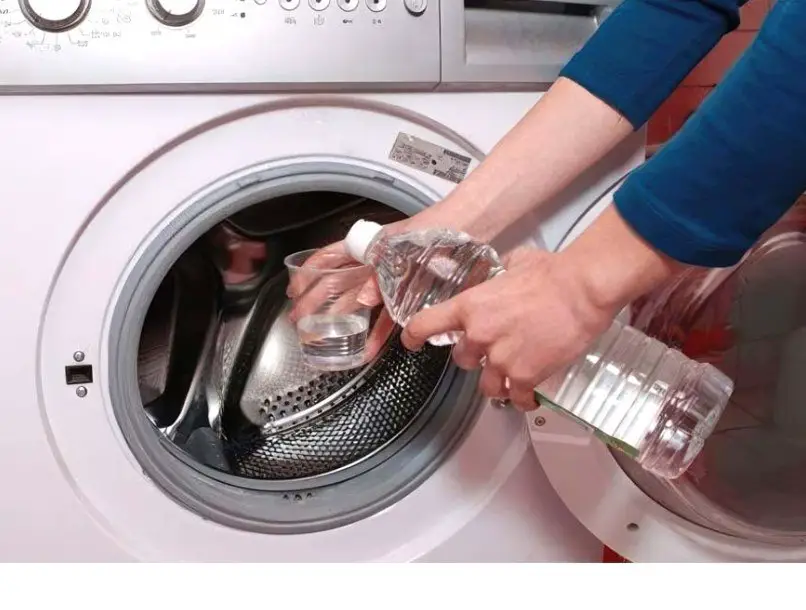How to Clean the Washing Machine Thoroughly with Vinegar
Yes, vinegar is an effective and eco-friendly solution for cleaning your washing machine. It helps remove mineral deposits, detergent residue, and mold, leaving your appliance fresh and running efficiently.
How to Clean Your Washing Machine with Vinegar
For Top-Loading Machines:
- Set the Cycle: Choose the hottest and longest cycle available on your machine.
- Add Vinegar: Once the machine starts filling with water, add approximately 4 cups (about 1 liter) of white distilled vinegar directly into the drum.
- Pause and Soak: Pause the cycle after a few minutes to allow the vinegar to sit for an hour.
- Resume and Finish: After the soak, resume the cycle and let it complete.
- Clean Removable Parts: While the cycle runs, remove and clean any dispensers with hot, soapy water.
- Wipe Down: After the cycle ends, wipe the interior with a clean cloth to remove any remaining residue.
For Front-Loading Machines:
- Add Vinegar: Pour 2 cups of white distilled vinegar into the detergent dispenser.
- Run a Hot Cycle: Select the hottest and longest cycle and start the machine.
- Clean Gaskets and Seals: After the cycle, inspect the rubber gaskets and seals. Wipe them down with a cloth soaked in a mixture of equal parts vinegar and water to remove any buildup.
- Leave Door Open: After cleaning, leave the door open to allow the interior to dry completely, preventing mold and mildew growth.
Additional Tips
- Regular Maintenance: Clean your washing machine with vinegar every 1–2 months to maintain its performance and prevent odors.
- Avoid Mixing: Never mix vinegar with bleach or other cleaning agents, as this can produce harmful fumes.
- Check Manufacturer Guidelines: Always refer to your washing machine’s manual to ensure that using vinegar will not void the warranty or damage the appliance.
By incorporating this simple cleaning routine, you can extend the lifespan of your washing machine and ensure that your laundry comes out fresh and clean every time.

